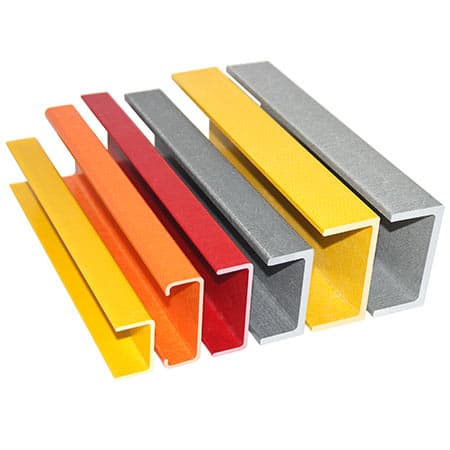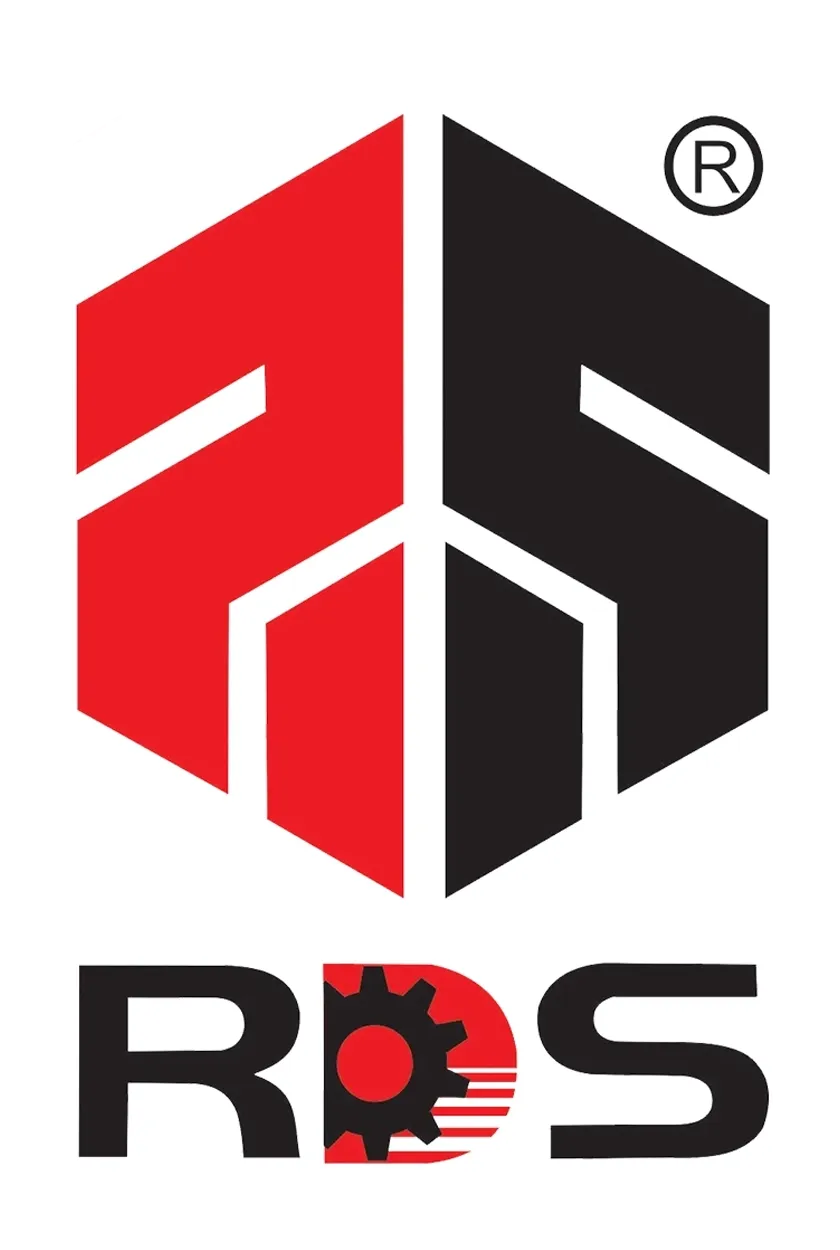How Much Do You Know about FRP Profiles?

FRP Pultrusion is a pultrusion molding process for fiber-reinforced composites (Fiber Reinforced Polymer).
FRP Pultrusion Process Flow
● Fiber laying: Continuous fibers (such as glass fiber, carbon fiber, etc.) are unwound through a creel and laid on a mold according to the distribution and content of the fibers.
● Resin Impregnation: The fibers pass through a resin bath and ensure they are fully impregnated with resin. The resin is typically a thermosetting resin, such as unsaturated polyester resin, epoxy resin, etc.
● Forming process: The fibers impregnated with resin pass through a forming device, initially forming the shape of the product while eliminating excess resin and air.
● Pultrusion and molding: The preformed fibers are pulled through a heated mold by a traction device. Inside the mold, the resin undergoes a curing reaction at high temperatures, causing the product solid and molded.
● Cutting: The cured product is cut to the ideal length to obtain the final product.
Advantage of Pultrusion Process
● High production efficiency: It can be produced continuously, fast, and is suitable for large-scale production.
● Stable product quality: High fiber content and uniform distribution, good mechanical properties, accurate dimensions, and excellent surface quality.
● High material utilization: Theoretically no waste is produced, and the material utilization rate can reach over 95%.
● Easy design: The fiber layering and resin system can be easily designed according to the customer’s requirements and also keep different mechanical properties and environmental requirements.
Applications of FRP Pultrusion Profiles
● Construction Field: window and door profiles, roof and wall Panels, bridge structures etc.
● Transportation Field:automotive parts, rail transit parts.
● Energy Field: wind turbine blades and cable equipment.
● Other chemical-resistant equipment.
Common FRP Pultrusion Resins.
In the FRP pultrusion process, common resins include unsaturated polyester resin, epoxy resin, and vinyl ester resin. The different resins have a significant impact on the FRP pultrusion process and material properties, specifically as follows:
Unsaturated polyester resin has a low viscosity, can impregnate fibers well in the pultrusion process, and the resin forming time can be precisely controlled by adjusting the amount of initiator and accelerator, suitable for continuous pultrusion production. However, relatively large shrinkage during the curing process may cause internal stress in the product, requiring attention to mold design and process parameter adjustments in the pultrusion process to avoid product deformation or cracking. Unsaturated polyester resin FRP profiles have good mechanical properties, with high tensile strength and bending strength and can meet the usage requirements of general structural components. It can resist the erosion of general acids, bases, and salts, but performance may decline in highly corrosive environments. Relatively inexpensive and economic prices make it widely used areas such as general building components and consumer products.
Epoxy resin has good fluidity in the liquid state, ensuring that fibers are fully impregnated and form a good bonding.The curing speed is relatively slow, usually requiring higher curing temperatures and longer curing time, it is beneficial for controlling the process and reducing defects. The cured epoxy resin has high strength and modulus and the tensile, bending, and compressive properties are outstanding. Strong bonding force with fibers, can effectively transfer stress, improve the overall performance of composites, and also give the product good fatigue resistance. Epoxy resin FRP has good tolerance to most chemicals, can maintain stable performance in harsh corrosive environments, commonly used in chemical corrosion prevention, marine engineering, and other fields. It also possesses good insulating properties and dielectric properties and can be used as electrical insulation materials.
Vinyl ester resin combines the good process ability of unsaturated polyester resin and some performance advantages of epoxy resin. The high strength and toughness, making FRP products less likely to be damaged under large external forces, with performance between unsaturated polyester resin and epoxy resin. It has excellent corrosion resistance, especially strong resistance, commonly used in chemical, environmental protection, and other fields for corrosion-resistant equipment and pipes. During long-term use, it can maintain good performance stability and is not easily affected by factors such as ultraviolet rays and temperature changes.
| Properties | Unit | Unsaturated Polyester Profiles | Epoxy Profiles | Polyurethane Profiles |
| Tensile Strength | MPa | 250-600 | 500-1000 | 600-1000 |
| Tensile Modulus | GPa | 20-35 | 40-60 | 50-60 |
| Flextural Strength | MPa | 250-600 | 500-1000 | 800-1200 |
| Flextural Modulus | GPa | 20-30 | 40-60 | 45-55 |
| Compressive Strength | MPa | 250-500 | 500-1000 | 500-1000 |
| Shear Strength | MPa | 20-35 | 55-65 | 60-80 |
| Izod Impact | KJ/m² | 200-400 | 500-800 | 600-1000 |
| Density | g/cm² | 1.8-1.9 | 1.9-2.1 | 1.9-2.1 |
| Water Absorption | % | 0.1-0.5 | 0.1-0.2 | 0.1-0.5 |
| Barcol Hardness | HBa | 50-60 | 50-70 | 50-70 |
| Dielectric Strength | kv/mm | 10-20 | 15-30 | 45950 |
| Surface Resistivity | Ω | 1011-1013 | 1012-1016 | 1011-1013 |
| Volume Resistivity | Ω.cm | 1011-1013 | 1012-1016 | 1011-1013 |
 EN
EN





















